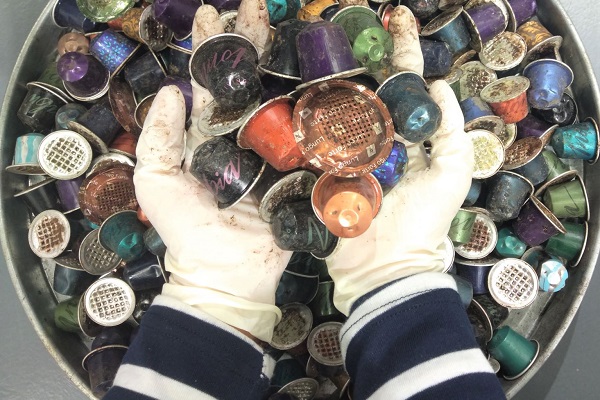UNSW finds way to create green aluminium out of waste

UNSW’s Sustainable Materials Research and Technology (SMaRT) Centre has found a way that could start a new ‘green aluminium’ manufacturing revolution and bolster the government’s budget and industry efforts to advance Australian manufacturing.
The new technique recovers aluminium from complex, multilayered packaging and is based on the microrecycling science pioneered by the SMaRT Centre under director veena Sahajwalla, building on its waste material innovations including Green Steel and Microfactorie technologies.
Research published across two scientific journals demonstrates how there’s now a way to sustainably recycle polymer-laminated aluminium packaging (PLAP), commonly found in food and coffee packaging into high-quality aluminium and be a source for high-energy hydrocarbon products.
“We developed Green Steel technology where we extract hydrogen and carbon from old rubber tyres and plastic as an innovative and green pathway in steel making, and we now can develop new ‘Green Aluminium’ with our novel technique called Thermal Disengagement Technology (TDT),” Veena says.
“Recycling using new technologies can be a foundation for the manufacturing of high-quality materials from our waste resources, as we seek to develop greater sovereign capability along with economic prosperity.”
The recycling of PLAP materials demands a process where whole materials can be processed and recycled with a minimum waste of energy and materials. TDT overcomes these constraints.
Several recycling techniques including traditional smelting have been practiced by the researchers and professionals. But the major problems associated with the traditional smelting of PLAP materials are excessive material loss and lack of controlling aids during the smelting.
Full details about the new Thermal Disengagement Technology can be found in articles by scientific publications Springer Nature and the Journal of Cleaner Production.
